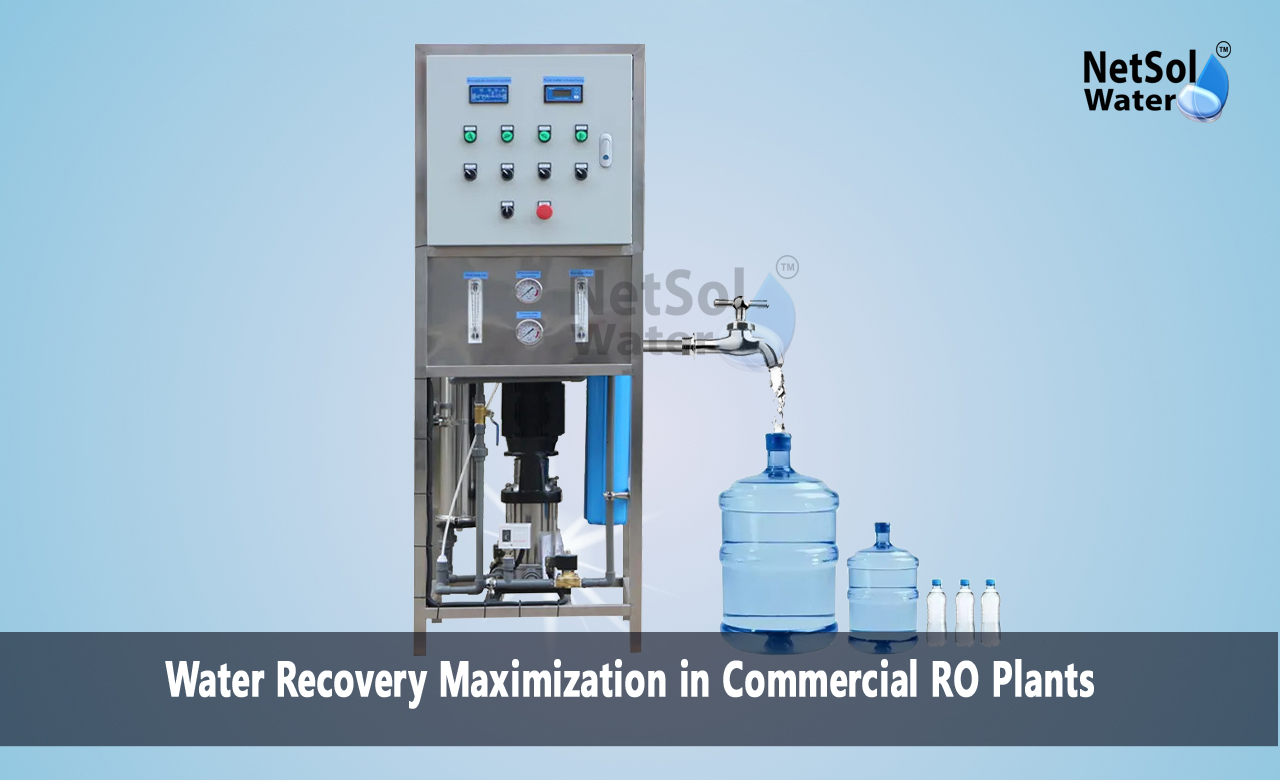What is the standard water recovery rate in Commercial RO Plants?
Water scarcity affects industries worldwide. This makes water recovery in commercial RO plants an important topic for business owners. RO plants help businesses purify water for various uses. However many plants operate below their potential when it comes to recovering water from the process. By understanding water recovery maximization techniques industrial facilities can save money through better water usage. This also helps protect the environment by reducing water waste. The water recovery rate in RO plants directly impacts operational costs energy usage sustainability goals.
System Design Optimization for Maximum Recovery
The foundation of high water recovery starts with proper system design. A well-designed RO system creates the base for efficient water recovery. Let's explore the key design elements that enhance recovery rates.
System Configuration
Multi-stage systems work better than single-stage setups for water recovery. The first stage removes most impurities while subsequent stages process the concentrate further. This setup allows for higher overall recovery rates without risking membrane damage. Modern designs include energy recovery devices that capture energy from the concentrate stream to power the system.
Membrane Selection
Different membranes suit different water sources. High-surface-area membranes increase contact time between water feed elements. This improves recovery rates. New membrane technologies resist fouling better which allows for higher recovery rates without increased cleaning frequency. The arrangement of membranes in pressure vessels affects overall system efficiency.
Pretreatment Systems
Good pretreatment protects membranes extends their life. This includes filtration to remove larger particles softening to prevent scaling antiscalant dosing to protect membranes. A properly sized pretreatment system handles peak loads without becoming a bottleneck. This keeps recovery rates high during high-demand periods.
Operational Parameters Control
Understanding how to control operational parameters helps achieve maximum recovery rates. These parameters work together to maintain optimal performance. Here's what plant operators should know about managing these elements.
Feed Water Quality Management
Regular testing of feed water composition helps operators adjust settings. Different water sources need different approaches to maximize recovery. Seasonal changes in water quality require adjustments to maintain high recovery rates. Monitoring dissolved solids helps prevent membrane scaling.
Pressure Control
Proper pressure management balances recovery rates with membrane protection. Higher pressures increase recovery but might damage membranes if pushed too far. Variable frequency drives help maintain optimal pressure levels as conditions change. Pressure monitoring across different stages helps identify potential issues early.
Temperature Effects
Water temperature changes impact recovery rates throughout the year. Warmer water typically allows higher recovery rates due to lower viscosity. Operators should adjust other parameters as temperatures change to maintain optimal recovery. Careful monitoring prevents temperature-related membrane damage.
Advanced Monitoring Maintenance Techniques
Modern monitoring maintenance practices keep recovery rates high over time. These techniques help operators spot issues before they affect system performance.
Real-time Monitoring Systems
Digital monitoring tools track system performance continuously. This includes flow rates pressures conductivity levels across different stages. Automated alerts warn operators about conditions that might lower recovery rates. Data trending helps identify gradual performance changes that need attention.
Cleaning Protocols
Regular membrane cleaning maintains high recovery rates. Different fouling types need different cleaning approaches. Operators should track cleaning effectiveness to optimize schedules. This prevents unnecessary downtime while keeping recovery rates high.
Performance Analysis
Regular performance reviews help identify improvement opportunities. This includes comparing actual recovery rates to design specifications. Tracking changes over time helps predict maintenance needs. Energy consumption analysis shows system efficiency.
Conclusion:
Want to maximize water recovery in your commercial RO plant? Our team helps plant operators achieve better water recovery rates through expert system analysis optimization. Contact us today to learn how we can improve your plant's performance save you money on operations. Schedule a consultation to discuss your specific water recovery goals challenges.
To explore customised commercial RO plants, Industrial RO plants, ETP or STP solutions for your needs in your areas and nearby regions, Contact Netsol Water at:
Phone: +91-965-060-8473, Email: enquiry@netsolwater.com



